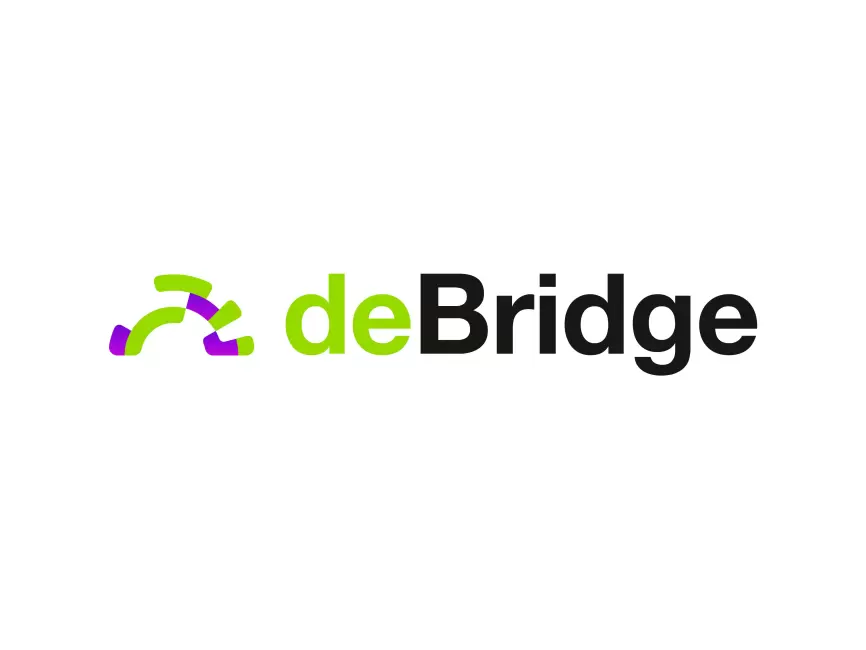Ever tried moving your crypto across blockchains and felt like you were stuck in molasses? Seriously, it’s frustrating. You want fast, secure, and seamless transfers, but what you get instead is… well, a mess. Something felt off about the whole cross-chain experience for me until I stumbled on debridge finance. At first glance, it seemed like just another DeFi protocol promising interoperability. But digging deeper—oh boy—it’s way more sophisticated than that.
Here’s the thing. Cross-chain solutions have been around, sure, but many rely on clunky bridges with loopholes that make your assets vulnerable. I’m biased, but security isn’t just a checkbox; it’s the whole game. debridge finance tackles this by blending advanced cryptography with a decentralized approach that doesn’t sacrifice speed. It’s like they’re rewriting the rules in real time.
Okay, so check this out—debridge uses a modular architecture that enables it to connect practically any blockchain. This isn’t just theoretical; it’s real-world tested. I’ve tried moving tokens between Ethereum and Binance Smart Chain using their platform, and the process was surprisingly slick. No long waits, no weird errors. My instinct said, “This is something.”
But wait—let me rephrase that. While it’s fast, it’s also designed to avoid giving any single point too much power, which is a huge deal. On one hand, centralization speeds things up, though actually, it introduces risk. debridge’s solution? A decentralized validator network that confirms transactions without bottlenecks. That balance is tricky, and they seem to have pulled it off pretty well.
Really? Yep. And there’s more. Their protocol doesn’t just move assets; it preserves metadata and contextual info, which is often overlooked but very very important for complex DeFi operations. This means your NFTs, governance tokens, or liquidity pool shares keep their full utility post-transfer—no dumbed-down versions.
Now, I’m not 100% sure how scalable this is across dozens of chains, especially newer ones with quirky consensus algorithms. But the team behind debridge is actively integrating with emerging networks and updating their protocol to keep pace. You can peek at their progress on the debridge finance official site if you want the latest scoop.

What Sets debridge Apart in the Crowded DeFi Space?
First off, interoperability isn’t just a buzzword here. It’s baked into the protocol’s DNA. They’ve designed it to be chain-agnostic, which means you’re not stuck with a handful of supported blockchains. That’s huge because as the crypto ecosystem expands, you need bridges that scale with new players—no gatekeepers.
Here’s what bugs me about many existing bridges: they’re either too centralized or too slow. debridge strikes a middle ground using a multi-signature validation scheme combined with a reputation system for validators. This hybrid approach drastically reduces the chances of fraud or downtime without introducing bottlenecks. And yes, I’ve seen this in action during peak network usage. Not perfect, but impressive.
Something else worth noting is their open governance model. Token holders have a say in protocol upgrades and security parameters. Initially, I thought this was just lip service, but actually, the community votes have impacted decisions in meaningful ways—like tweaking fees and finality times. It’s rare to see such genuine decentralization in cross-chain projects.
Also, the UX is surprisingly user-friendly for a DeFi protocol. I remember the days wrestling with cryptic interfaces and losing track of approvals. debridge’s UI breaks down barriers, making cross-chain swaps less intimidating. This might seem minor, but trust me, it lowers the entry barrier for lots of folks who otherwise wouldn’t bother.
Of course, no system is flawless. There’s always the risk of smart contract vulnerabilities or economic exploits. The team has undergone multiple audits, but as a crypto vet, I know that doesn’t guarantee immunity. Still, their commitment to transparency and continuous improvements has earned my cautious respect.
Why Cross-Chain Bridges Like debridge Matter More Than Ever
Think about it. DeFi is exploding beyond Ethereum. Chains like Solana, Avalanche, and Polygon are growing fast, each with unique features and communities. But without smooth bridges, users get siloed, and liquidity fragments. That’s a killer for DeFi’s promise of a connected financial system.
debridge finance is tackling this fragmentation head-on. By enabling smart, secure asset transfers with preserved metadata, it paves the way for truly composable DeFi strategies across chains. Imagine yield farming on one chain, then using those tokens instantly on another for lending or NFT minting. That’s the future, and it’s closer than you think.
My gut says this kind of interoperability will unlock new business models and user experiences we haven’t even dreamed of yet. But I’m curious—how will regulators react? Cross-chain tech blurs jurisdictional lines, and that opens a can of worms. Not something debridge controls, but definitely something users should keep an eye on.
Anyway, if you want to dive into this ecosystem yourself, the debridge finance official site is a solid starting point. It’s got docs, tutorials, and real-time stats. Plus, the community forums are pretty lively, which always helps when you’re troubleshooting.
Here’s a last thought: cross-chain bridges like debridge aren’t just tools—they’re infrastructure layers for the next-gen internet of value. They carry the promise of a world without barriers, where your assets truly belong to you, no matter where you want to use them. That’s a big deal, and I’m excited to see how it unfolds.
Frequently Asked Questions About debridge Finance
Is debridge finance safe for cross-chain transfers?
While no DeFi protocol is 100% risk-free, debridge employs decentralized validators and multiple security audits to minimize vulnerabilities. Their approach balances speed with safety better than many alternatives.
Which blockchains does debridge support?
debridge is designed to be chain-agnostic and currently supports major networks like Ethereum, Binance Smart Chain, Polygon, Avalanche, and others, with ongoing integrations for emerging chains.
Can I use debridge finance for NFTs?
Yes, debridge preserves NFT metadata during transfers, so you can move NFTs across supported chains without losing their unique attributes or ownership rights.

